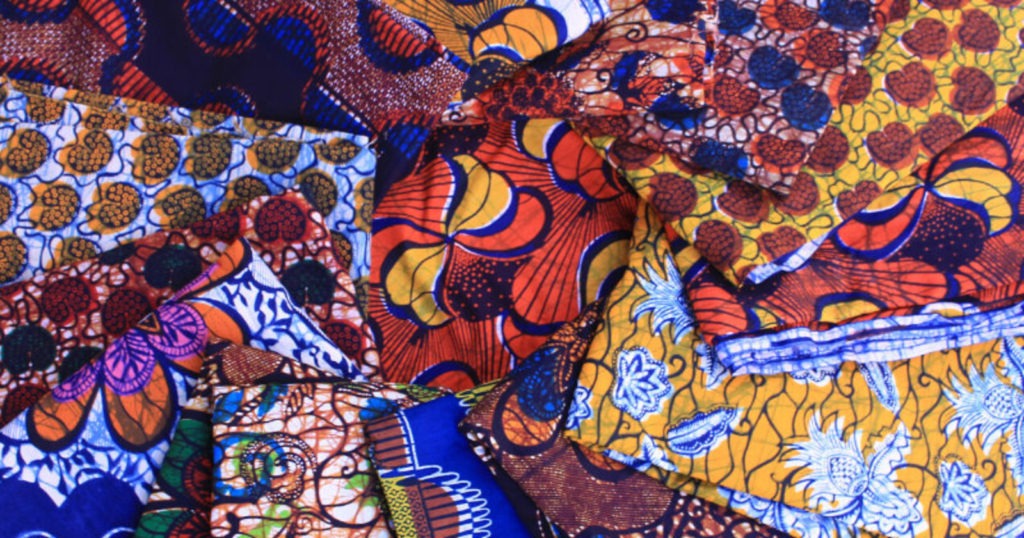Africa is made up of different cultures, and one of the best ways to showcase the diversity in these cultures is through the African fabrics.
African fabrics are made of beautiful colors and designs, which is why so many textile experts adore them. We are also seeing more African fabrics being used in modern homes. For instance, African mudcloth pillows are a trendy accessory in many modern homes.
In this article, we look at Africa’s unique fabric techniques that are proof of African artistic expressions.
1. The Resist Dyeing Technique
This fabric dyeing technique is popular in West Africa. Part of the cloth is protected using different methods while the other part is dyed.
After dying, numerous patterns are designed on the cloth using sewing, batik, or tie and dye.
2. Strip-weaving
Stripweaving helps create fabric by weaving different strips together. This method is mostly used in West Africa and was famous for the Mande weavers.
These weavers had mastered how to weave complex weft designs into strips. The weavers often used raphia fiber from dried raphia palm leaves, while others used dyed wild silk.
Today, these fibers have been replaced with cotton, and the weavers use looms to weave the textiles.
3. Kente Cloth
The Kente cloth is one of the most complicated weavings. It is also very famous compared to other African fabrics.
This cloth is woven by men using narrow hand and foot looms. It was traditionally woven for Ashanti royal families using silk. Today, it’s mainly worn during ceremonial Ashanti events. Gorgeous bright colors and geometric patterns characterize this woven cloth.
4. The Okene Cloth
Nigerian Yoruba women weave this prestigious cloth. They use stationery wide looms to make the fabric.
Today, most of the weaves have metallic silver or gold threads to give the cloth a unique sheen. This cloth is also often worn by women as a head wrap.
5. Bogolanfini
Bogolanfini is the original name of strip woven cotton cloth, commonly known as mudcloth. This cloth is woven by men in Mali. The cloth is soaked in leaves or bark dye before being painted with thick mud from the bottom of the lakes.
Modern-day mudcloth has stylish designs that are black, brown, gold, and off white. The cloth is highly sought by international interior designers and has a large export market.
6. Lamba Mena
Lamba Mena is woven with raw silk by Madagascar Merina women. It comes in glorious shades of:
· Deep purple
· Ash white
· Emerald green
· Burnt orange
· Scarlet
This fabric was worn during the turning of the dead ceremony.
7. Adire Cloth
Adire is another name for tie and dye in Yoruba. This indigo-dyed cloth is very popular in Africa, especially among the Yoruba women of southwestern Nigeria.
The cloth is made up of patterned starch resistant fabric. New techniques of resisting dye, such as hand-painting with cassava starch, are used to give this cloth its unique patterns.
8. Ase Oke
This cloth is named after a Yoruba greeting. The fabric is woven by men on narrow strips using silk or cotton, and it gives social prestige to the wearer and the weaver.
Ase Oke features lace-like patterns incorporated into the weaves, while others have silver and gold metallic threads. Both men and women can wear Ase Oke.
9. Shema Cloth
This Ethiopian fabric is woven on a loom using cotton threads. It has a white color and various patterns on the borders.
In conclusion, the above unique African fabric techniques hold cultural significance to the people of Africa. They also showcase the historical African designs that have led to the beautiful and colorful African fabrics we see today.




